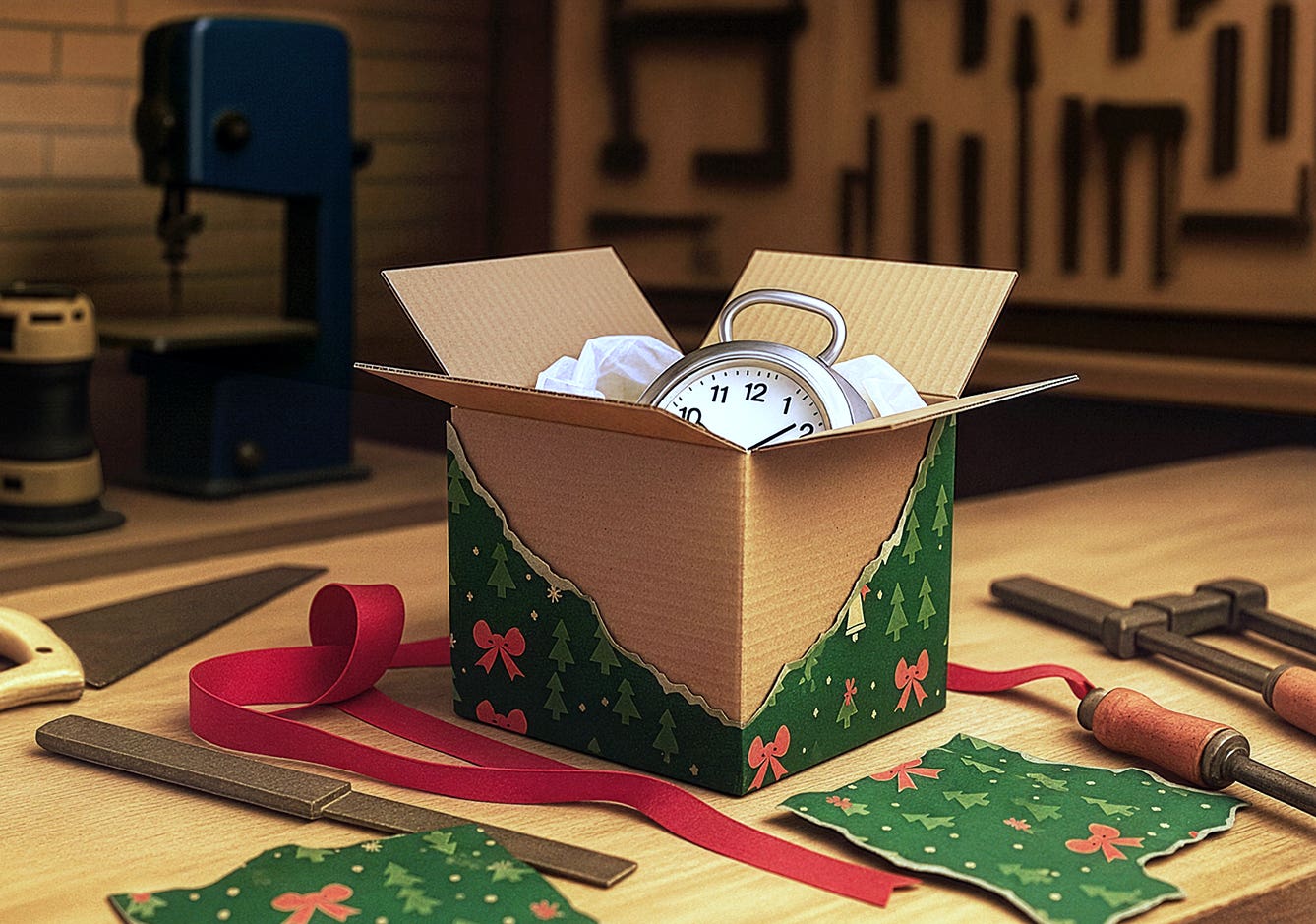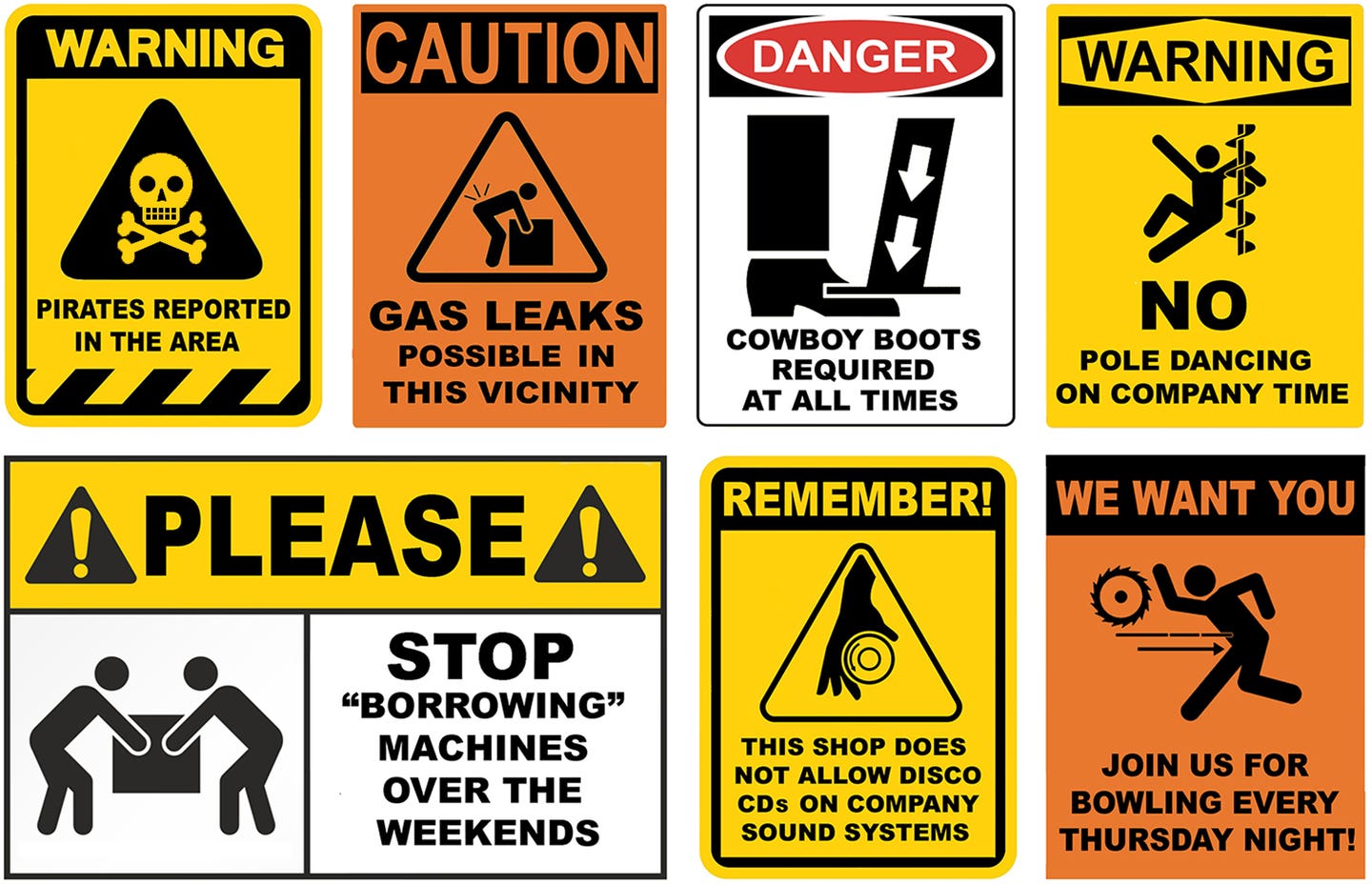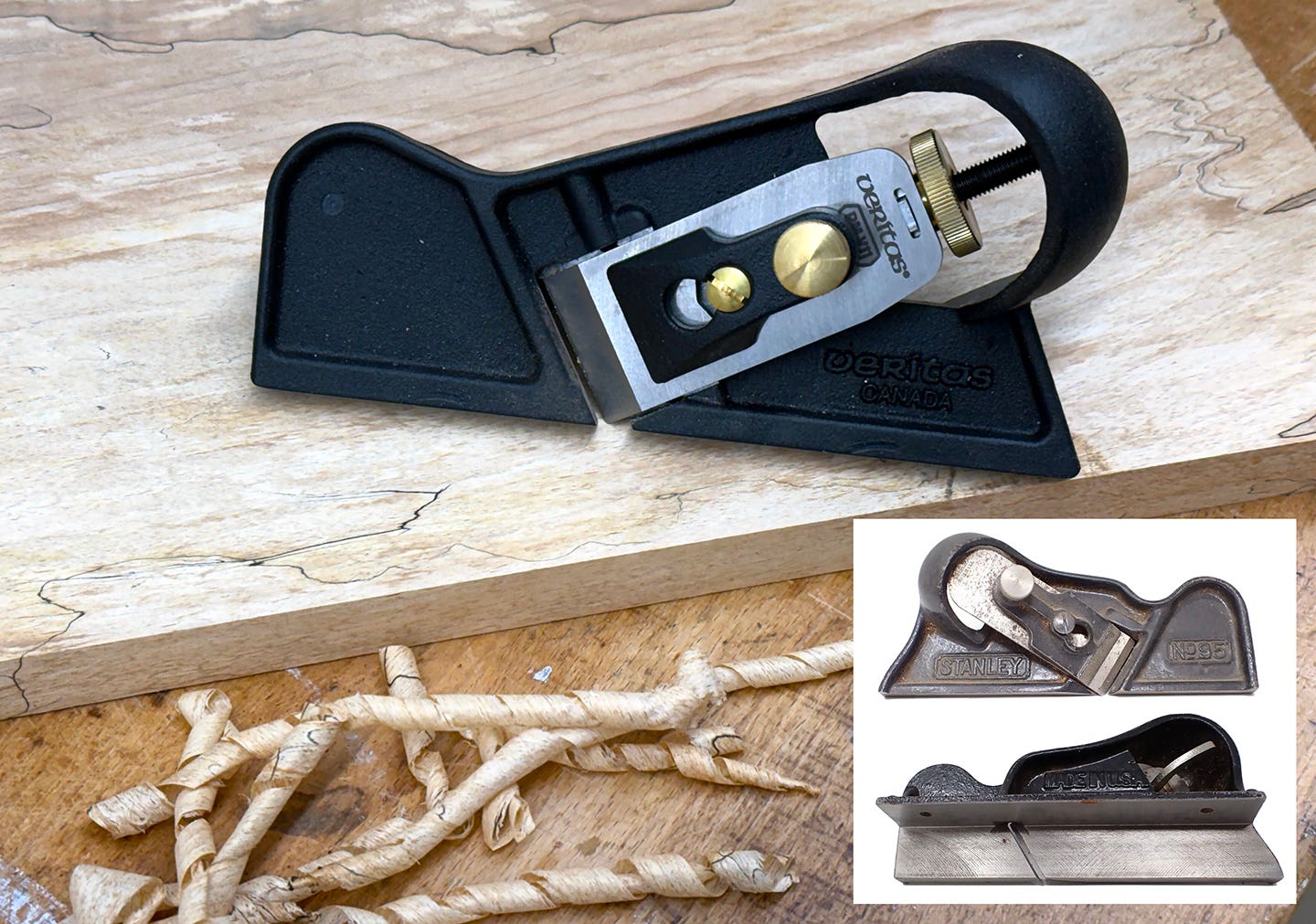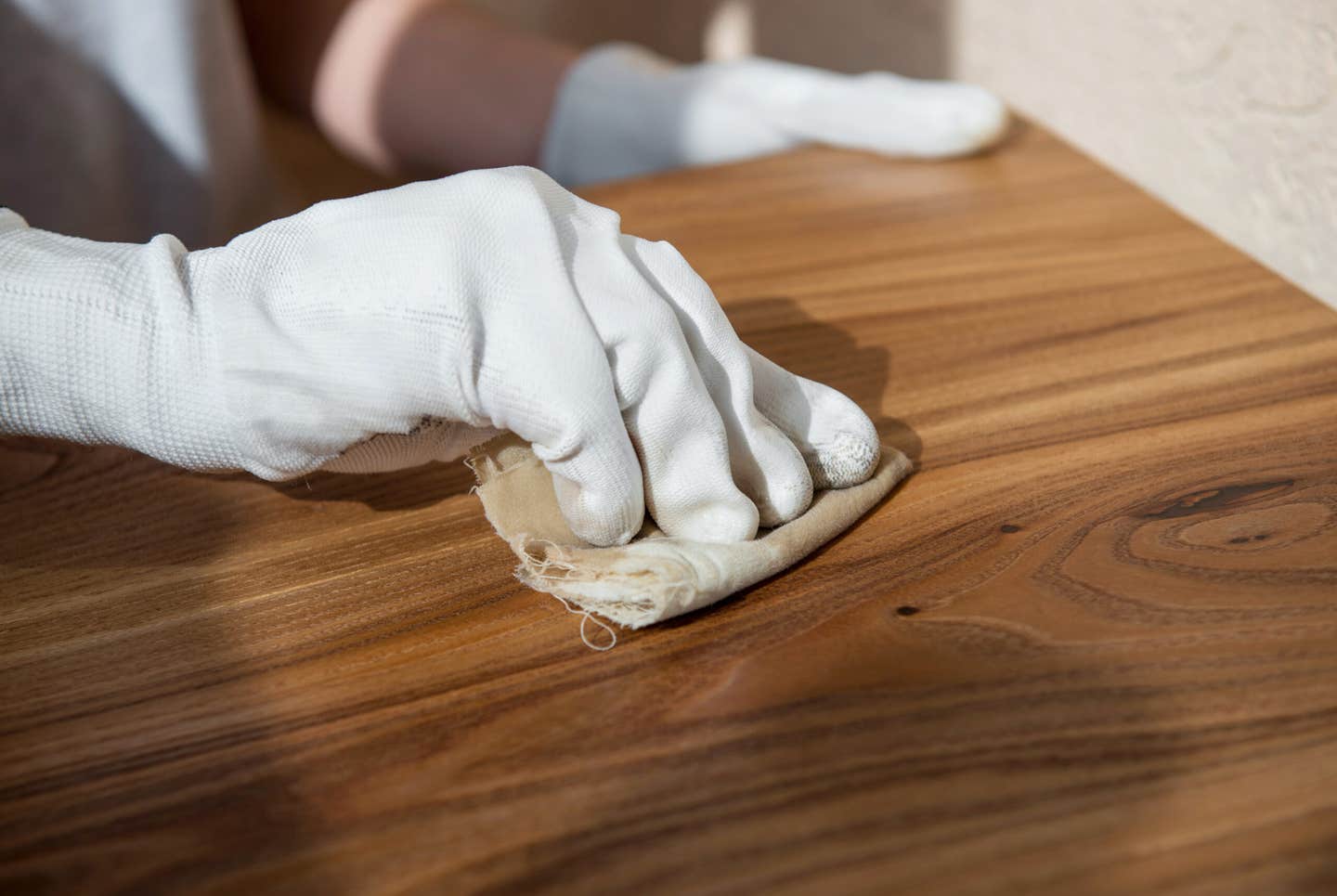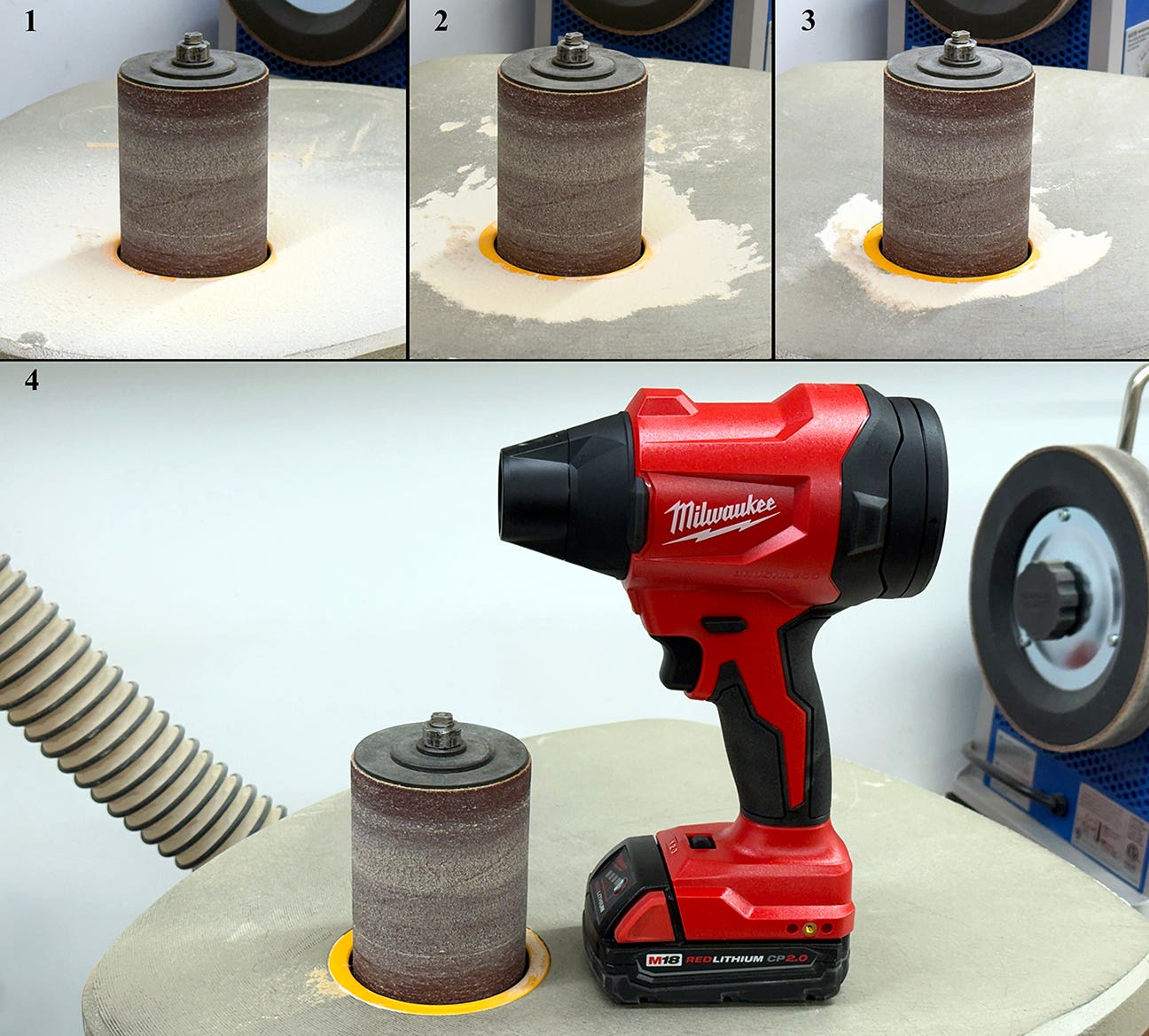Shine on
A simple, fast bit of maintenance makes all the difference in table saw performance. So why is it so easy to forget? Basic tool maintenance – like blade sharpness –…
A simple, fast bit of maintenance makes all the difference in table saw performance. So why is it so easy to forget?
Basic tool maintenance – like blade sharpness – alters efficiency so gradually that it’s difficult to notice that your tools are becoming, well, difficult. Sharpness is a perfect example.
As blades gradually dull, tools become less efficient even though the process is so slow you’re not always aware it’s even happening. Once sharpened, the difference is like night and day. Now, if you’re like me, every time you do this you swear never to let it happen again. But you always do.
Tool work surfaces are exactly the same, but even harder to notice. Sharp tools are a basic tenet of woodworking so the importance is clear even if the gradual deterioration of a sharp edge is difficult to notice, but a proper work surface isn’t a particular woodworking rule. It should be.
There was a rust spot on my table saw where a sweaty soda can dripped back when the shop was hot and humid. It was tiny and in a corner so I’ve been more or less ignoring it. With some time on my hands the other day I decided to get rid of that tiny rust spot, and realized it had been ages since I’d done a thorough cleaning of my saw.
As is my usual procedure I first got rid of the rust spot, then gave the tabletop a going over with some very high grit sandpaper, followed by extremely high grit paper, following by ridiculously high grit paper, followed by automotive rubbing compound, followed by a coat of paste wax. The surface is nearly mirror-bright now, and so slick that wood effortlessly glides over it. It almost feels like my saw suddenly got more powerful.
I just had all my saw blades sharpened a few weeks ago, but in reality sharpness isn’t the only factor in table saw efficiency. Sometimes, you just have to take a shine to it.
A.J.
A.J. Hamler is the former editor of Woodshop News and Woodcraft Magazine. He's currently a freelance woodworking writer/editor, which is another way of stating self-employed. When he's not writing or in the shop, he enjoys science fiction, gourmet cooking and Civil War reenacting, but not at the same time.


